Answer your technical questions
Confirm if your core AI features work as expected with real code.
Integrate actual LLMs, voice, and vision APIs to test performance.
Receive a production-ready architecture blueprint.
Get a free consultation

The rules of user experience are being rewritten by AI. Here's why static mockups struggle to capture the dynamic nature of AI products.
Prompting and dialogue flow are core UX elements, not just content considerations.
Voice, vision, and generative UI require entirely new interaction paradigms and guardrails.
You can't design for one 'happy path.' Every interaction creates unique outputs requiring adaptive UI patterns.
'Thinking' states and variable response times are features to design around, not technical debt to hide.
Success is defined by graceful error handling and self-correction, which can't be captured in Figma.
No Figma templates exist for AI. We must experiment and discover patterns through real prototypes.
The "thinking" states, the variable outputs, the conversational repairs—that make or break an AI product. Whether you need to test one critical feature or explore multiple possibilities, we build functional prototypes that prove what works.
BOOK A CONSULTATIONThe rules of user experience are being rewritten by AI. Here's why static mockups struggle to capture the dynamic nature of AI products.
Confirm if your core AI features work as expected with real code.
Integrate actual LLMs, voice, and vision APIs to test performance.
Receive a production-ready architecture blueprint.
Discover how users react to AI's magic moments and failures.
Identify critical edge cases before they're baked into your product.
Gather unfiltered feedback from real interactions, not mockups.
Measure real-world performance metrics, API costs, and speed.
Gain a data-backed go/no-go recommendation.
Walk into stakeholder meetings with a live demo.
For Way2B1, we built a functional AI prototype that moved stakeholders beyond mockups and demonstrated clear product value. This demo eliminated ambiguity and forged a shared vision across the entire team.
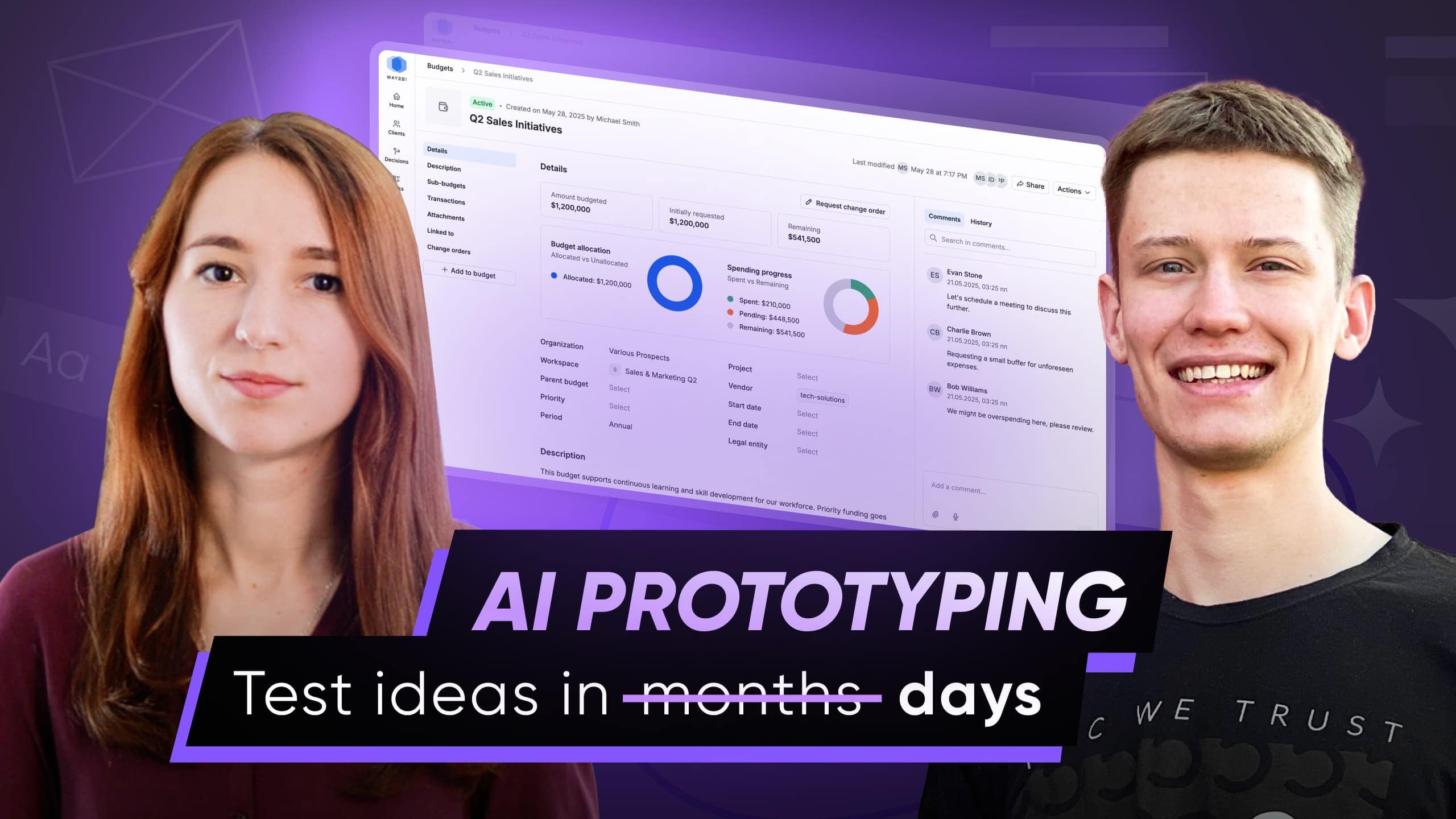
From a single feature test to a pilot-ready MVP, choose the level of ground truth your product needs.
from $8,000
ready in 2+ weeks
When you need to prove a critical AI feature is viable before committing development resources.
EXPLORE SERVICE
from $16,000
ready in 4+ weeks
When you need a tangible, working demo to secure investor buy-in or executive approval.
EXPLORE SERVICE
from $32,000
ready in 8+ weeks
When you're ready to launch a scalable v1 to your first users and begin the journey to product-market fit.
EXPLORE SERVICE
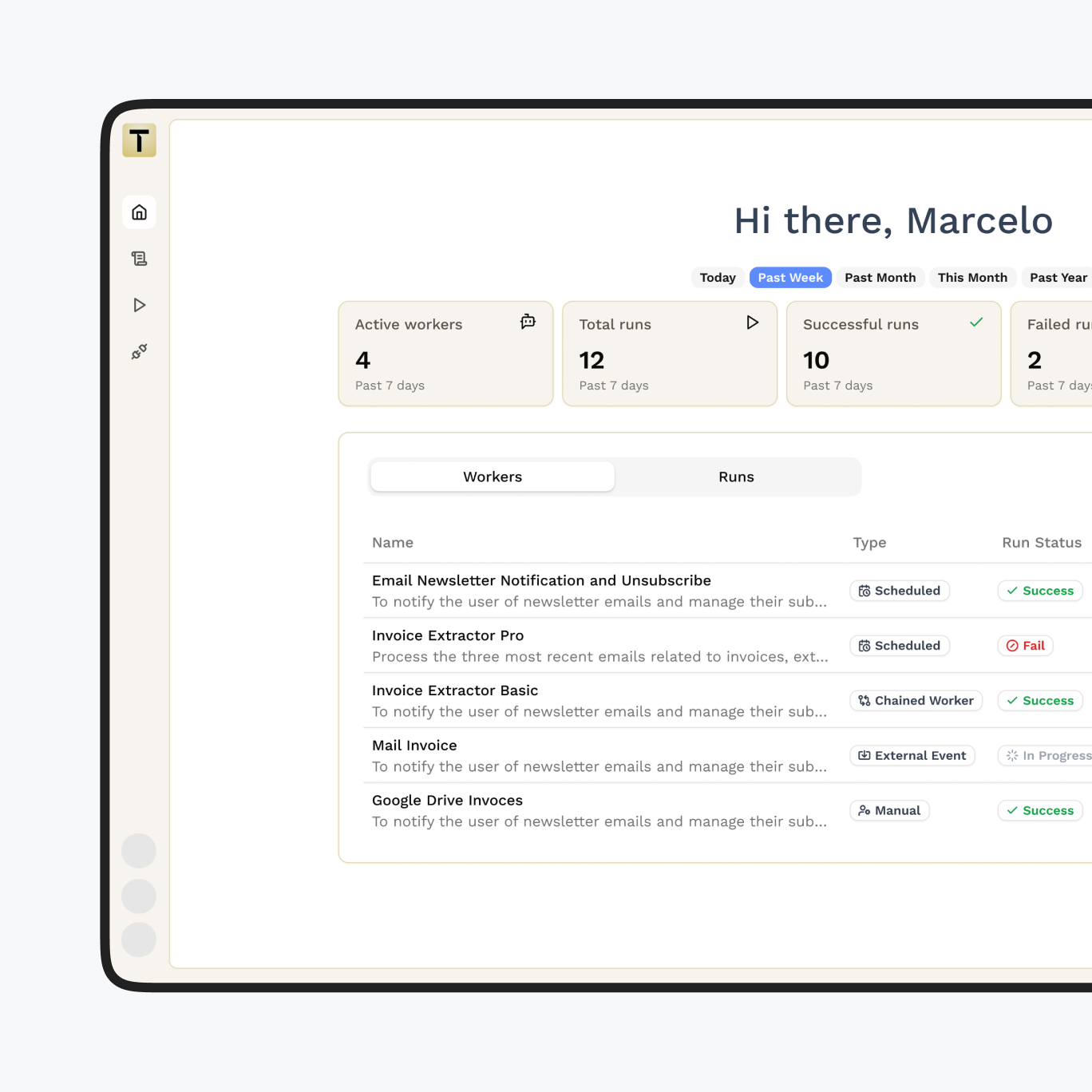

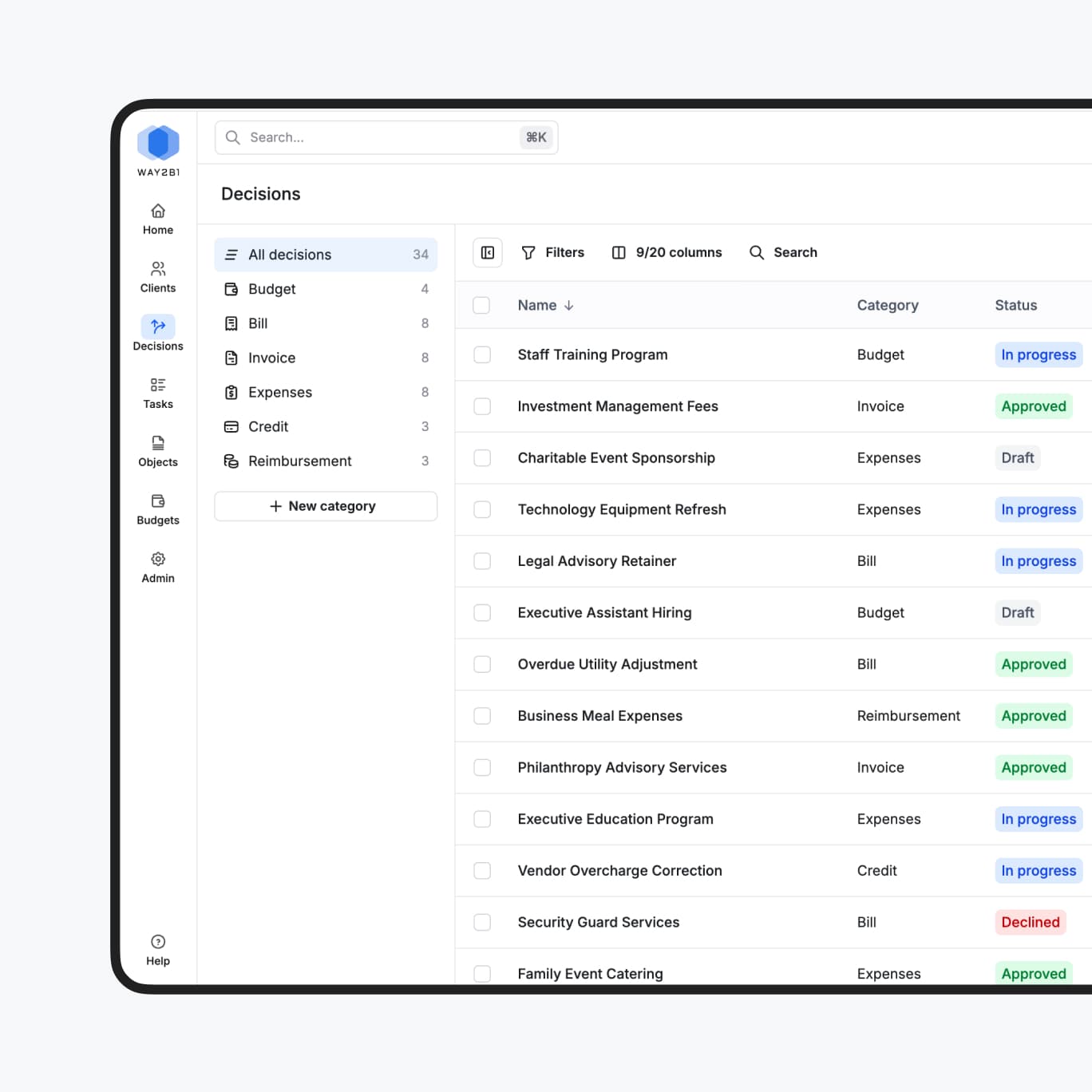

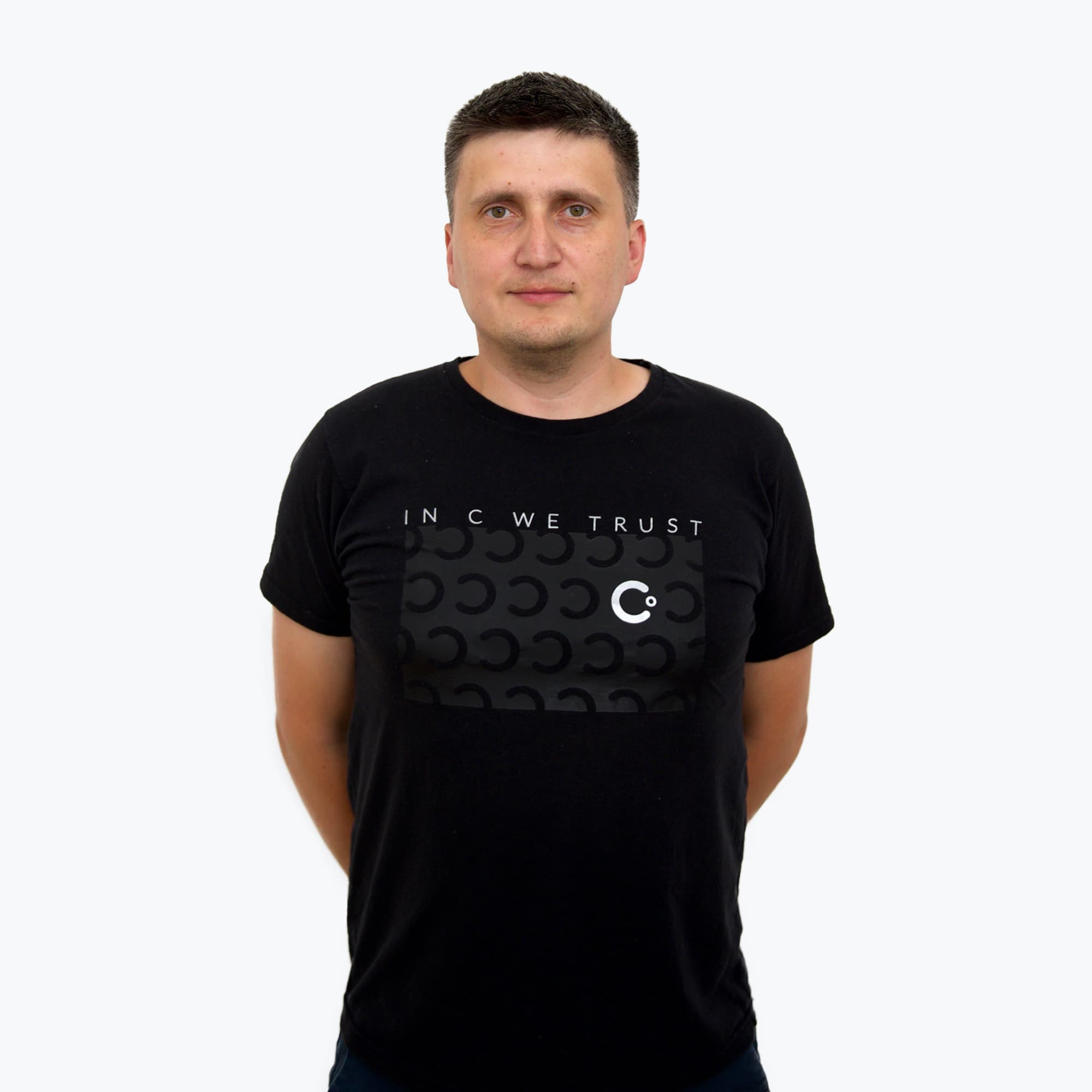

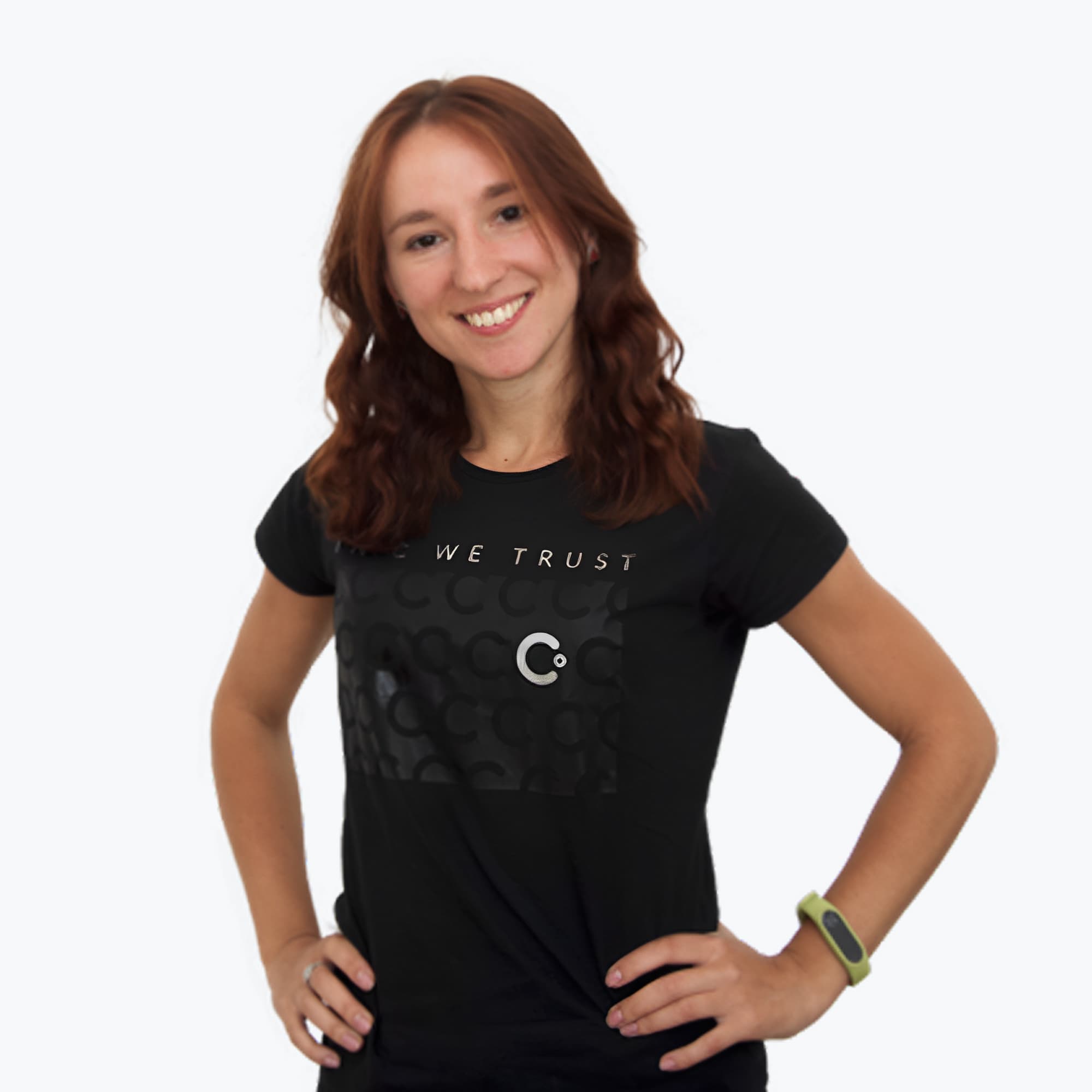

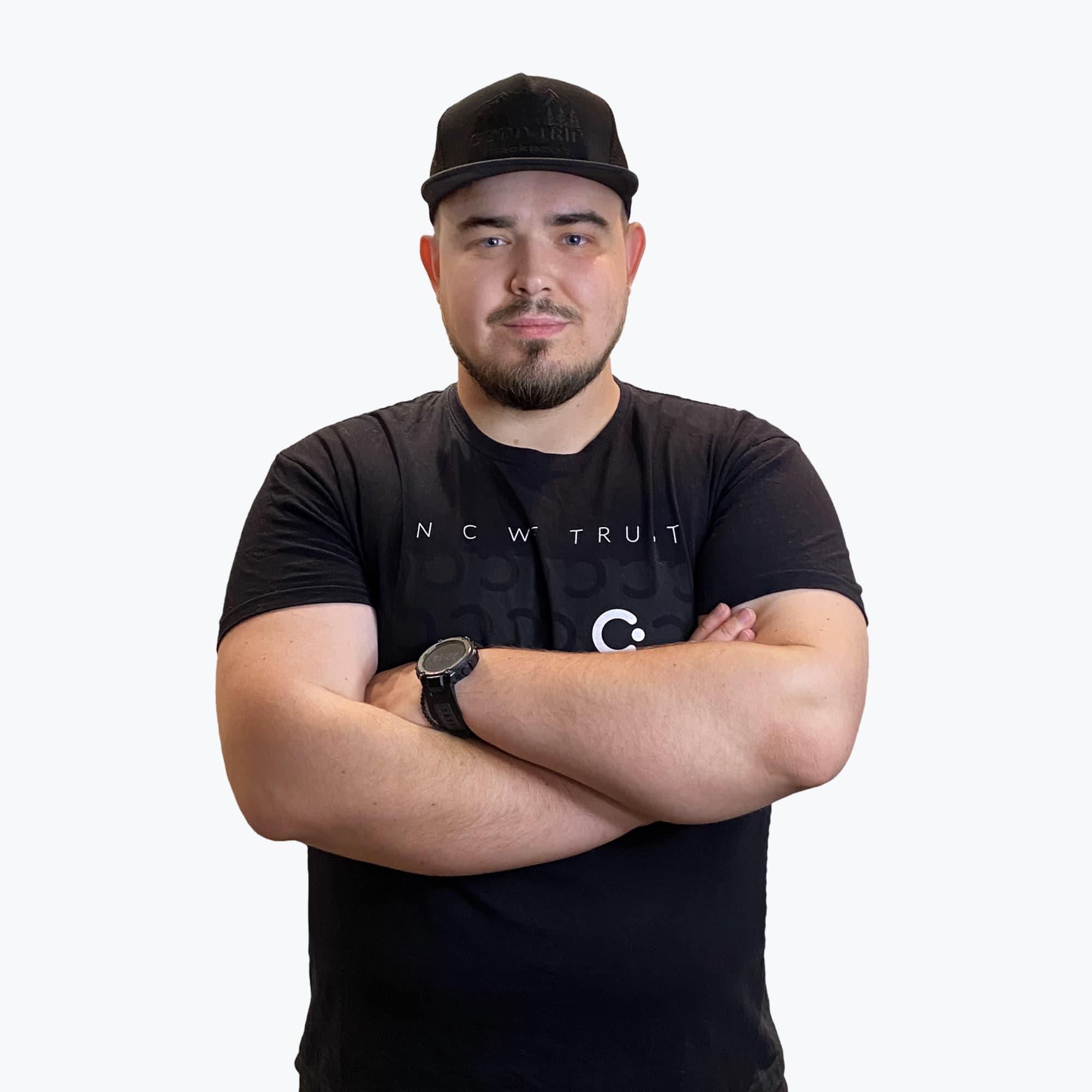

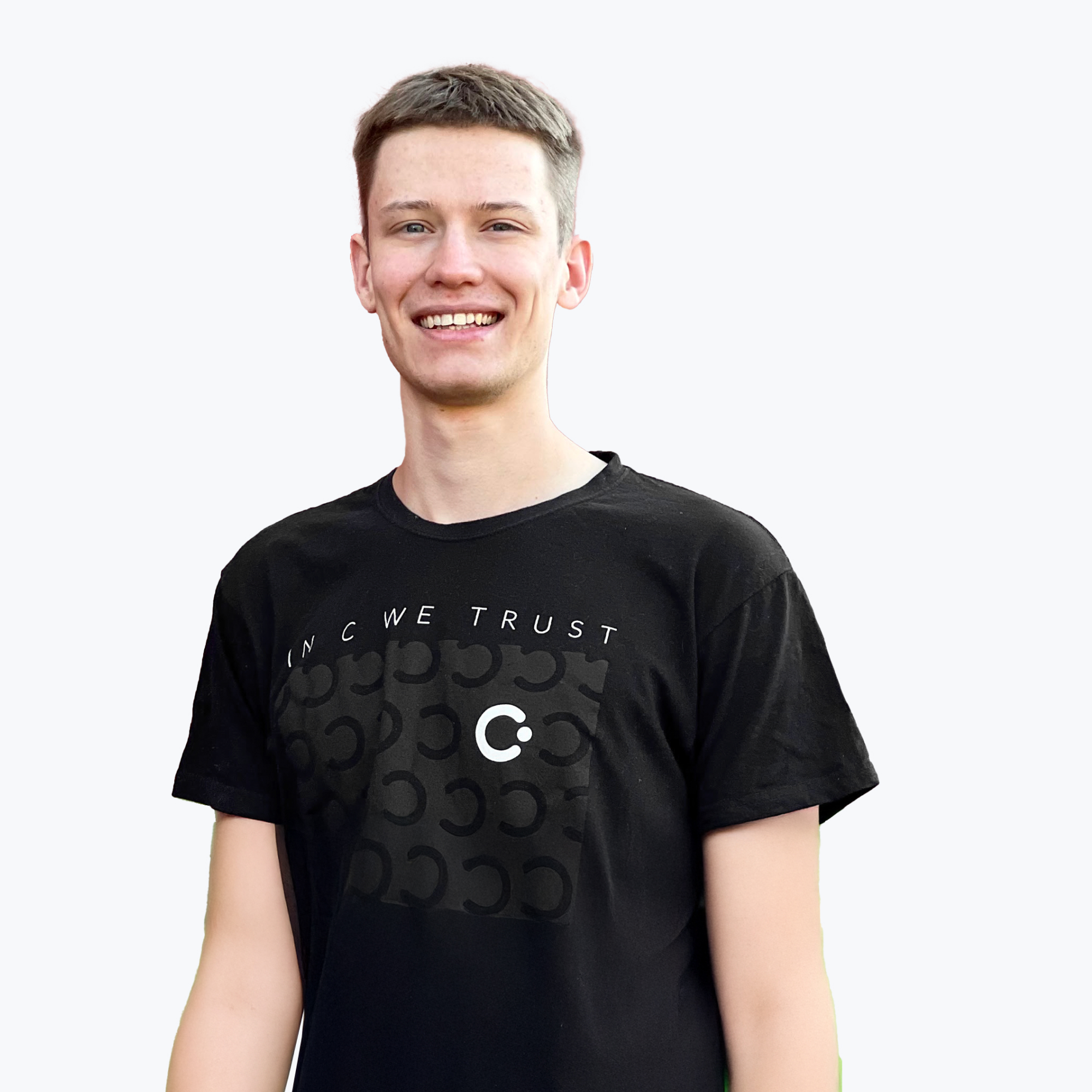

We believe in transparency and flexibility. Our unique approach ensures you're always in control.
Pay per sprint
No surprises
Stay in control
Complete code handoff
How AI prototyping is different from UX prototyping?
Traditional UX prototyping was built for a predictable, "happy path". But AI is not deterministic. It creates unique outputs every time, and static screens just can't keep up. Instead of just showing what a feature looks like, AI prototyping helps you prove it actually works, With vlickable, code-based demos or Proof-of-Concept (PoC) apps with real functionality. Here’s a simple way to think about it: If traditional UX prototyping is like creating a detailed blueprint for a house, AI prototyping is like building a 3D model of that house with the electricity, plumbing, and HVAC already working.
How does AI make prototyping faster?
While UX prototyping typically relies on creating static mockups or low-fidelity wireframes in tools like Figma over a period that can take 1 to 5 weeks, AI prototyping focuses on producing clickable, code-based demos or Proof-of-Concept (PoC) apps with real functionality, potentially cutting the traditional time by up to 95%.
What firms specialize in AI-driven prototyping?
These agencies place generative AI at the very center of their design and prototyping services: Cieden, Lazarev.agency, The Gradient, Adam Fard Studio. To help you navigate the landscape, we’ve compiled a list of agencies that specialize in this space. You can review it here:
How to get your entire team prototyping with AI?
Getting your team to adopt AI prototyping requires a new mindset, new workflows, and new tools. The goal is simple: collapse your product cycle and get from idea to a functional, testable demo in a fraction of the time. Here’s componentrs of this playbook: mandate prototyping, ditch PRDs for prompt sets, define three "golden flows" (happy paths), three edge cases (critical failures), and your non-negotiables, aim to cut your 8-20+ week design cycles down to 4-8 weeks.
What are the best AI tools for rapid prototyping?
The best AI prototyping stack depends on the task, as different tools solve for different parts of the workflow from code generation to user flow simulation. For instance, tools like Cursor and v0.dev excel at accelerating front-end development from prompts, while large language models like Claude are powerful for brainstorming user flows and generating contextual copy at scale. True velocity, however, comes from integrating these tools into a cohesive design system, a process where an experienced partner can help you select and implement the right stack for your specific product challenges. A great place to start exploring is the AI in design webinar from Volodymyr Merlenko, a prominent voice in AI prototyping in Europe who creates prototypes literally every day at Cieden.